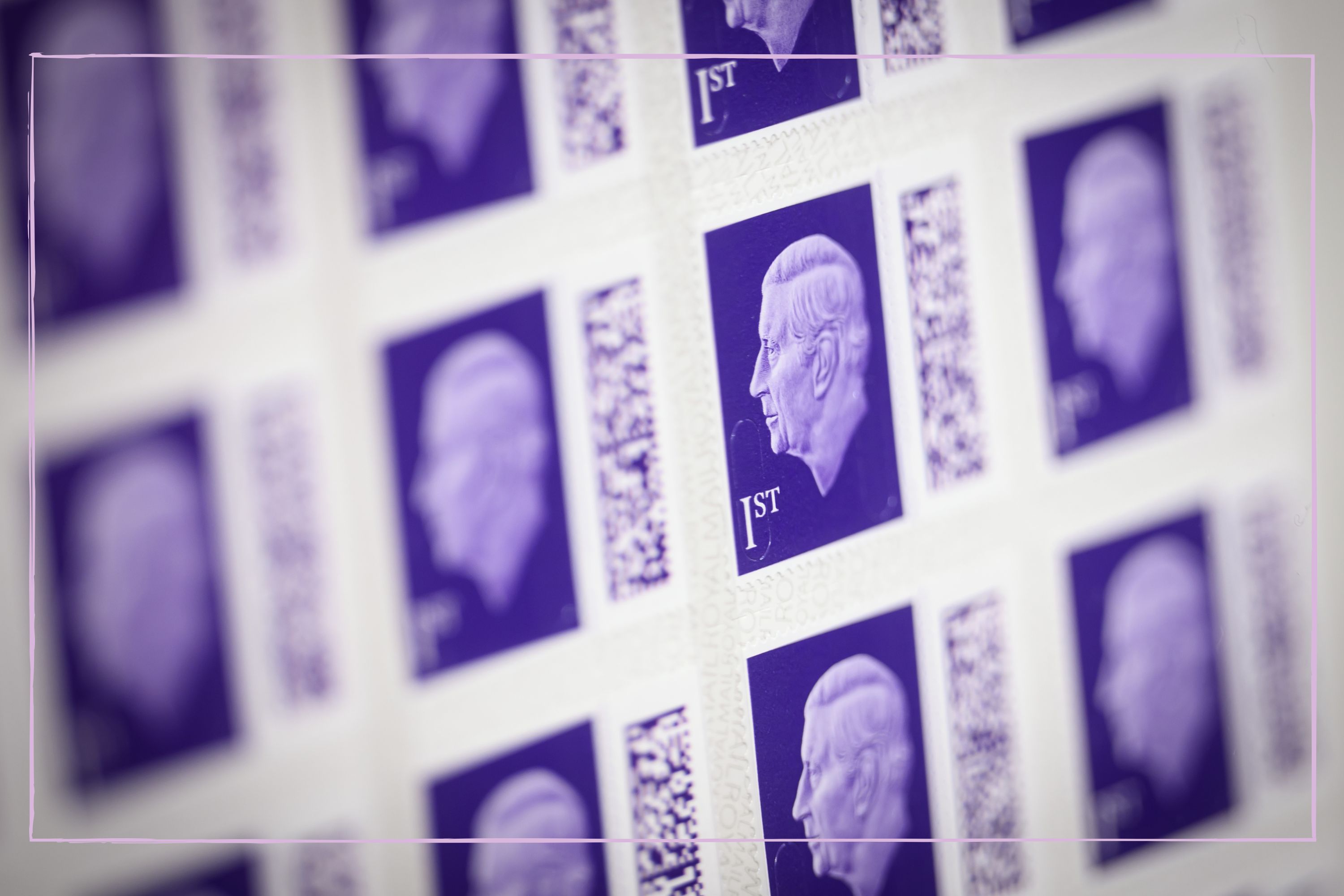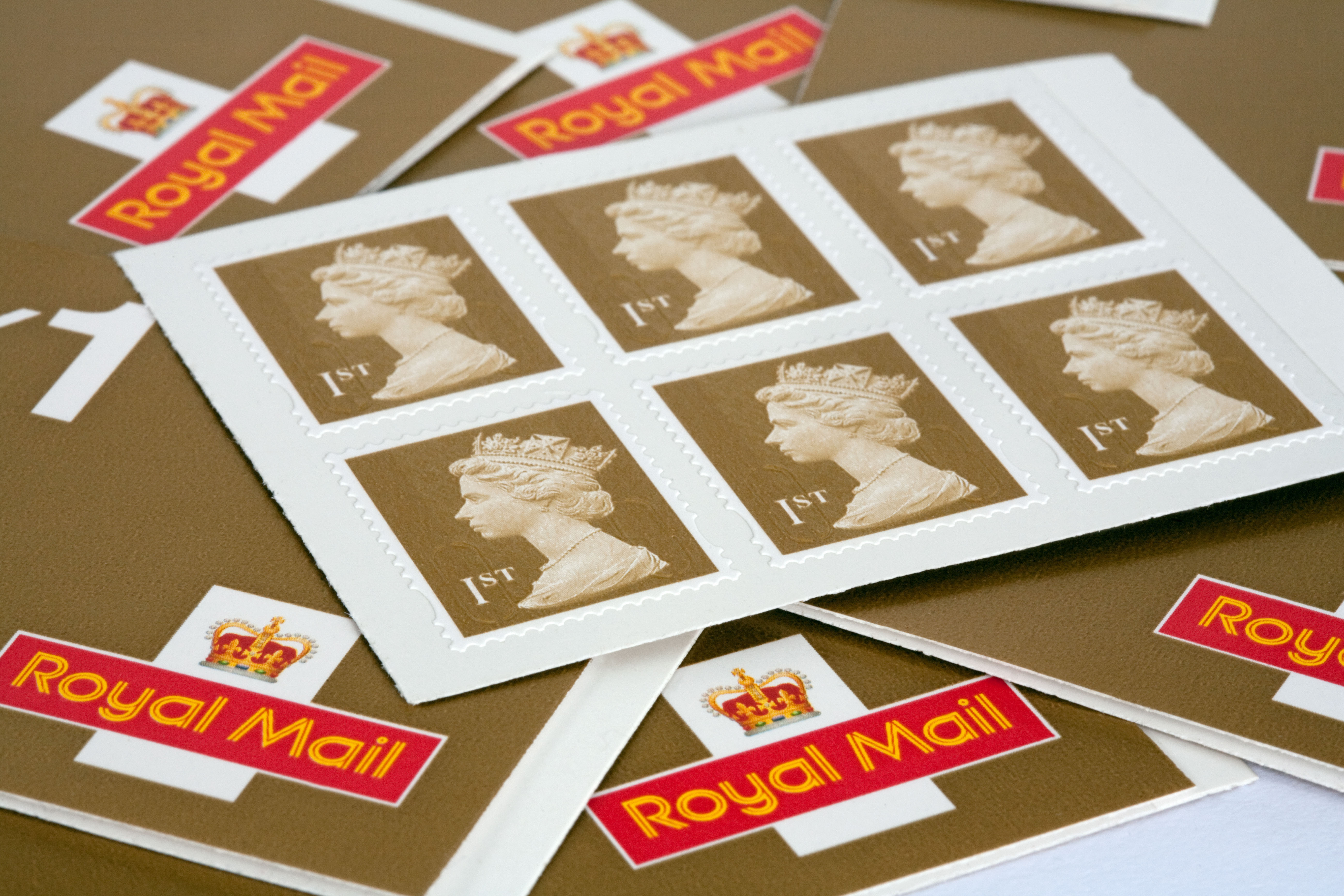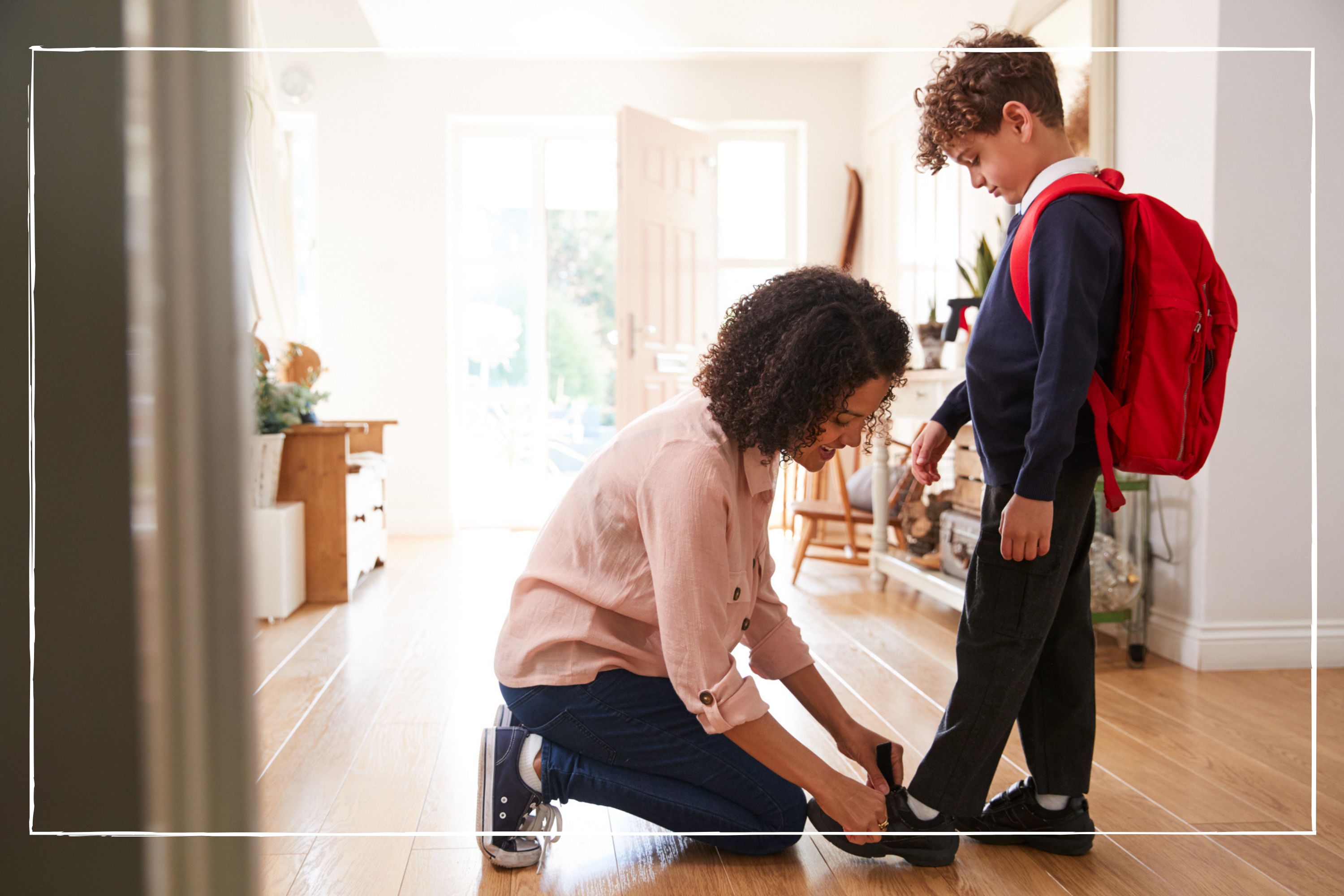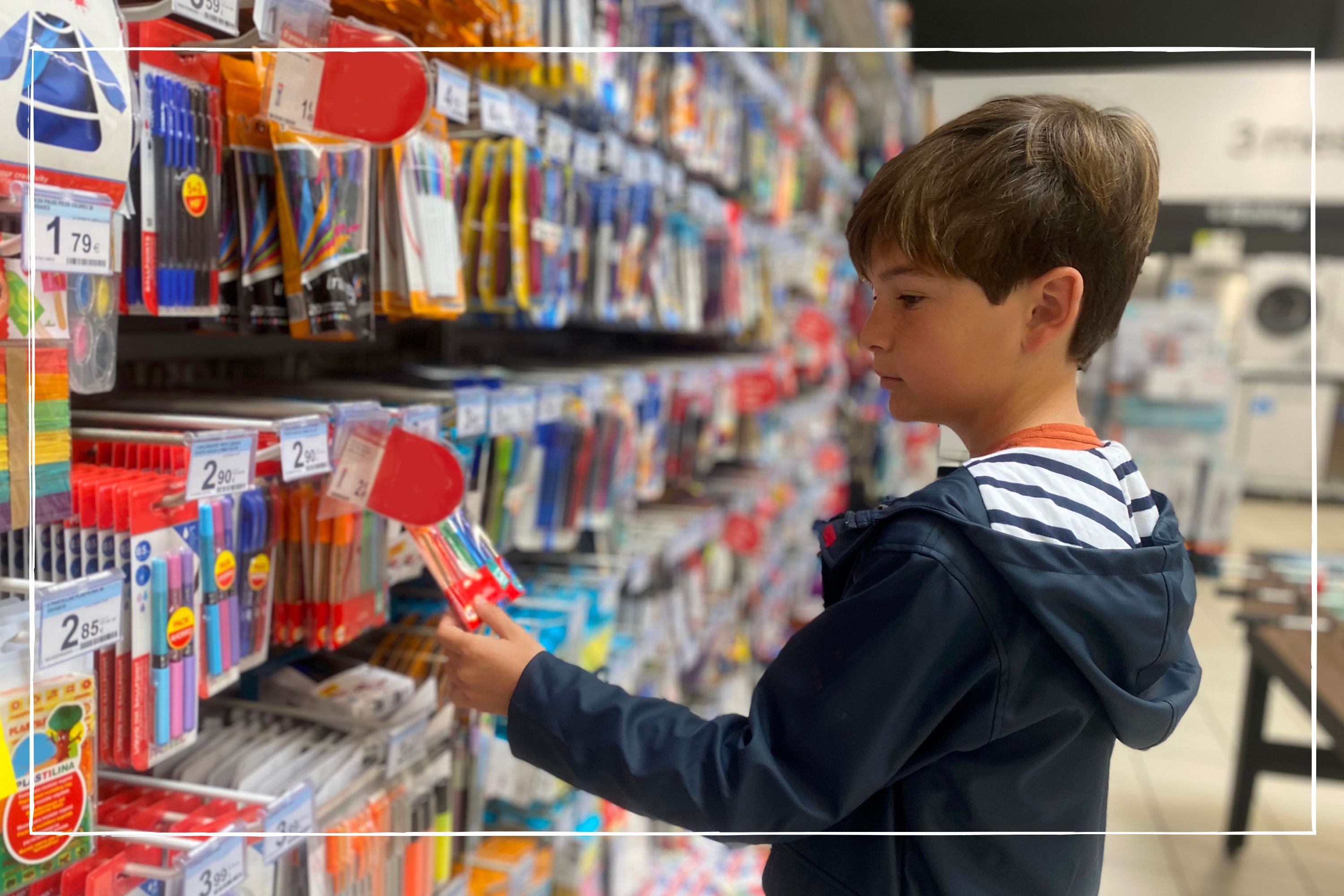How much is a First Class stamp and are stamps going up?
We explain how much a First Class stamp costs now and how much it will be when the cost of a stamp goes up again in October


Sarah Handley
Recent updates
This article has been updated to reflect the Royal Mail price increases that take effect from 2 October 2023. It has also been fact checked, and any out of date information updated or removed. We have also added extra information and expert insight around how customers can beat the price hike.
If you're wondering how much a First Class stamp costs, you're not alone. The price of stamps went up in April 2023, and sadly another price hike is due in October.
But it's not just prices changing in 2023. Since the start of the year, King Charles stamps have entered circulation and some stamps have expired, meaning families can no longer use non-barcoded stamps (although if you have any old style stamps, you can exchange them through Royal Mail's Swap Out scheme).
But what are the current rates for stamps and what will they be from October?
How much is a First Class stamp?
Up until 1 October, a First Class stamp for a standard letter costs £1.10, but from 2 October, this will rise by 15p to £1.25. A First Class stamp for a large letter costs £1.60, but after the October price hike, it will cost 35p more, at £1.95. Standard letters must be no larger than 24cm x 16.5cm x 5mm. Large letters can be no bigger than 35.3cm x 25cm x 2.5cm.
Why are stamps going up?
The rise in price is due to the increased costs faced by Royal Mail in light of inflation, coupled with fewer people sending letters these days - Royal Mail says there has been a 25% decline in letters since the pandemic. In addition, the service was the victim of a cyber attack earlier this year, and has also been hit by repeated Royal Mail strikes. The business expects to make an operating loss of up to £450m this year.
A post shared by Royal Mail 📮 (@royalmailofficial)
A photo posted by on
Nick Landon, chief commercial officer at Royal Mail, has said: "We appreciate that many businesses and households are facing a challenging economic environment and we are committed to keeping our prices affordable.
He added: "We have to carefully balance our pricing against a continued decline in letter volumes and the increasing costs of delivering letters six days a week to an ever-growing number of addresses across the country."
GoodtoKnow Newsletter
Parenting advice, hot topics, best buys and family finance tips delivered straight to your inbox.
How much is a Second Class stamp?
Second Class stamps for standard letters rose by 7p on 3 April, from 68p to the new price of 75p. And this price will not increase in October. But Second Class stamps for larger letters will go up by 40p from £1.15 to £1.55 as of 2 October
The new cost covers letters weighing up to 100g and has the same £20 compensation cover as the First Class stamps (excluding money and valuables), and they can also be bought via the Royal Mail online shop, as well as the Post Office, supermarkets and some stationery stores.
Second Class is a cheaper option for UK customers who don't need their letter sent urgently, because delivery times are slightly slower. "Delivery in two to three working days including Saturdays," Royal Mail states of their Second Class postal service online.
#OnThisDay in 1968 the British Post Office was the first in the world to introduce a first and second class letter service. pic.twitter.com/tvIEma13oJSeptember 16, 2019
Is there anything I can do to beat the stamp price increase?
If you send a lot of letters, it's worthwhile stocking up on barcoded stamps while they are cheaper, as they will still be valid when the prices go up in October. Alternatively, if your standard sized letters aren't urgent, it's worthwhile sending them Second Class as this is cheaper than first class and the price isn't going up in October.
Martin Lewis, founder of MoneySavingExpert.com, said: "For years, every time stamps go up in price I've suggested people stock up and bulk-buy in advance, as provided the stamp doesn't have a price on it and instead just says the postage class, it's still valid after the hike.
"This has been an effective tactic, as a first-class letter stamp is now £1.10, soon to be rising to £1.25 – in 2012 it was just 60p.
"So you may as well stock up now, even if it's just for Christmas cards for the next few Christmases."
Can I still use old stamps?
Whether you can still use stamps bought before the price increase, depends on the type of stamps you have. If you have stamps with a barcode on, you will still be able to use those after the prices go up.
But everyday non-barcoded stamps (ones featuring the late Queen's profile) expired on 31 July 2023, so you won't be able to use those. But you can exchange them for free, using the Royal Mail Swap Out service. If you have any special stamps, like Christmas themed ones or ones with pictures on, these are still valid and don't need to be swapped out for barcoded versions.
You can exchange your old stamps using Royal Mail's Stamp Swap Out form.

Everyday stamps, like these featuring the late Queen's profile, are no longer valid, but can be swapped for barcoded versions for free
Current UK postage rates
| Header Cell - Column 0 | Price until 1 October | Price from 2 October |
|---|---|---|
| First Class letter (standard size) | £1.10 | £1.25 |
| Second Class letter (standard size) | 75p | 75p |
| First class large letter | £1.60 | £1.95 |
| Second class large letter | £1.15 | £1.55 |
For the full list of First and Second Class services, visit the online price guide.
If you send or receive a lot of stuff by post, you might also be wondering if Royal Mail delivers post on Good Friday and Easter Monday.

Ellie is GoodtoKnow’s Family News Editor and covers all the latest trends in the parenting world - from relationship advice and baby names to wellbeing and self-care ideas for busy mums. Ellie is also an NCTJ-qualified journalist and has a distinction in MA Magazine Journalism from Nottingham Trent University and a first-class degree in Journalism from Cardiff University. Previously, Ellie has worked with BBC Good Food, The Big Issue, and the Nottingham Post, as well as freelancing as an arts and entertainment writer alongside her studies. When she’s not got her nose in a book, you’ll probably find Ellie jogging around her local park, indulging in an insta-worthy restaurant, or watching Netflix’s newest true crime documentary.
- Sarah HandleyMoney Editor, GoodtoKnow
-
 How to save money: 28 family-friendly money-saving tips for mums and dads
How to save money: 28 family-friendly money-saving tips for mums and dadsUnderstanding how to save money is key to limiting the impact of rising costs as much as possible
By Sarah Handley Published
-
 14 hidden benefits of your Amazon Prime membership
14 hidden benefits of your Amazon Prime membershipWe reveal the less-obvious perks of a Prime membership that will help you get the most value out of your subscription fee
By Rachel Wait Published
-
 14 surprising ways to spend your Tesco Clubcard vouchers - from restaurants and cinema passes to mini breaks and Disney+
14 surprising ways to spend your Tesco Clubcard vouchers - from restaurants and cinema passes to mini breaks and Disney+Tesco Clubcard vouchers can help you cut the cost of everything from groceries and travel to days out and cinema tickets
By Heidi Scrimgeour Published
-
 How to get Disney+ for free and save up to £79.90 a year
How to get Disney+ for free and save up to £79.90 a yearEven though the streaming giant ended its free trial offering, there are still multiple ways you can get Disney+ for free for up to 12 months
By Sarah Handley Published
-
 Parents of teens who have just taken their GCSEs urged to check child benefit status ahead of August deadline
Parents of teens who have just taken their GCSEs urged to check child benefit status ahead of August deadlineWith a child benefit deadline looming, some parents could see their payments reduced or stopped altogether - here's why
By Sarah Handley Published
-
 Parents should hold off buying this back to school staple 'as close to their first day as possible', says retailer
Parents should hold off buying this back to school staple 'as close to their first day as possible', says retailerWith parents turning their attention to kitting their kids out for the new school year, research suggestions which items should be left until the last minute
By Sarah Handley Published
-
 7 ways to save on back to school essentials, as its revealed parents will spend £2.3 billion in 2024
7 ways to save on back to school essentials, as its revealed parents will spend £2.3 billion in 2024We share ways you can get your child all the bits and bobs they need for the new school year, without breaking the bank
By Sarah Handley Published
-
 What day is child benefit paid around the bank holiday? Everything parents need to know
What day is child benefit paid around the bank holiday? Everything parents need to knowKnowing which day child benefit is paid when it comes to the bank holiday can help families plan their budgets accordingly
By Sarah Handley Published